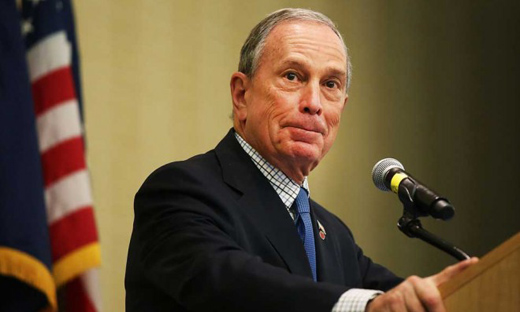
The wealthiest Americans can fly on their own jets, live in gated compounds and watch movies in their own theaters.
More of them also are walling off their political contributions from other big and small players.
A growing number of political committees known as super PACs have become instruments of single donors, according to a ProPublica analysis of federal records. During the 2014 election cycle, $113 million – 16 percent of money raised by all super PACs – went to committees dominated by one donor. That was quadruple their 2012 share.
The rise of single-donor groups is a new example of how changes in campaign finance law are giving outsized influence to a handful of funders.
The trend may continue into 2016. Last week, National Review reported that Texas Senator Ted Cruz’s bid for the Republican presidential nomination would be boosted not by one anointed super PAC but four, each controlled by a single donor or donor family.
The Supreme Court’s 2010 Citizens United ruling helped usher in the era of super PACs. Unlike traditional political action committees, the independent groups can accept donations of any dollar size as long as they don’t coordinate with the campaign of any candidate. Previously, much of the focus in big-money fundraising was on “bundlers” — volunteers who tap friends and associates for maximum individual contributions of $5,400 to a candidate, then deliver big lump sums directly to the campaigns. Former president George W. Bush awarded his most prolific bundlers special titles such as “Ranger” and “Pioneer.”
While bundling intensified the impact of wealthy donors on campaigns, the dollar limits and the need to join with others diluted the influence of any one person. With a super PAC, a donor can single-handedly push a narrower agenda. Last year, National Journal profiled one such donor – a California vineyard owner who helped start the trend by launching his own super PAC and becoming a power player in a Senate race across the country.
Beyond the single-donor groups, big donations are dominant across all kinds of super PACs, according to the analysis. Six-figure contributions from individuals or organizations accounted for almost 50 percent of all super PAC money raised during the last two cycles.
“We are anointing an aristocracy that’s getting a stronger and stronger grip on democracy,” said Miles Rapoport, president of Common Cause, an advocacy group that seeks to reduce the influence of money on politics.
ProPublica’s analysis identified 59 super PACs that received at least 80 percent of their funding from one individual during the 2014 cycle. They raised a total of $113 million, compared with the $33 million raised by the 34 such groups that existed in 2012.
Donors who launch their own PACs are seeking more control over how their money is spent. And many have complained about the commissions that fundraising consultants take off the top of their donations to outside groups. But the move carries risks if the patron is new to the arena.
This story was co-published with the Daily Beast.
This article was reprinted here at People’s World from ProPublica.org.
Photo: Michael Bloomberg was a big contributor to single-donor super PACs, according to ProPublica analysis. | AP












Comments